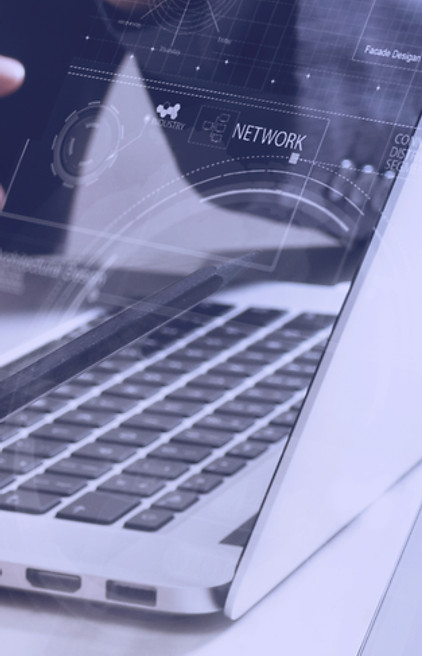

IoT & IIoT
INTERNET OF THINGS (IOT)
What is it? - It is a digital interconnection network between devices, people and the Internet itself that allows the exchange of data between them, allowing key information about the use and performance of devices and objects to be captured to detect patterns, make recommendations, improve efficiency and create better user experiences. It is the point in time when more "things or objects" than people connected to the Internet.
It is the technological revolution that enables the Internet to reach the real world of physical objects, turning common objects into “smart things” connected to the Internet. It brings social and economic benefits to emerging and developing economies.
Its main function is to collect information about things through sensors, so that with that information decisions can be made or actions can be triggered through actuators. It is about: Optimizing Processes (in terms of time, costs, qualities); in many cases, by automating them. Clear examples of how the IoT is used today are:
-
Smart mirror
-
Smart sneakers
-
Smart glasses
-
Smart buttons
-
Smart Watches

INDUSTRIAL INTERNET OF THINGS (IIOT)
What is it? - It is the extension and use of the Internet of Things (IoT) in industrial sectors and applications, but it focuses mostly on machine-to-machine (M2M) communication, big data and machine learning. It allows industries and companies to have better efficiency and reliability in their operations. It covers industrial applications, including robotics, medical devices, and software-defined production processes.
It consists of forming systems capable of monitoring, collecting, exchanging and analyzing data, delivering valuable information that allows the industry to make business decisions in a more agile way.
What sets it apart is the intersection of information technology (IT) and operational technology (OT). OT refers to the network of operational processes and industrial control systems (ICS), including human-machine interfaces (HMI), data acquisition and supervisory control systems (SCADA), distributed control systems (DCS) and programmable logic controllers (PLC). Real-time data from sensors and other sources of information help industrial devices and infrastructures in their “decision making”, to generate knowledge and specific actions. It is crucial for use cases related to ecosystems or connected environments, such as how cities become smart cities and factories become smart factories. The IIoT is currently reflected as for example in:
-
Virtual assistants
-
Smart mobile devices
-
Smart Tractors
-
Datalong Beacons (proximity advertising)
-
Sensors for the field
